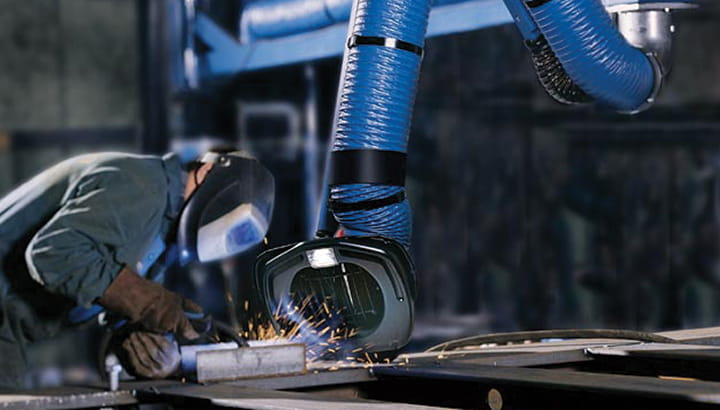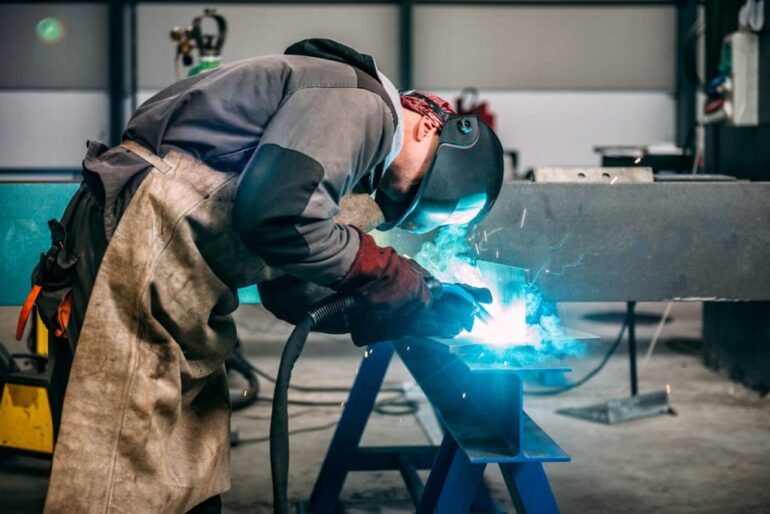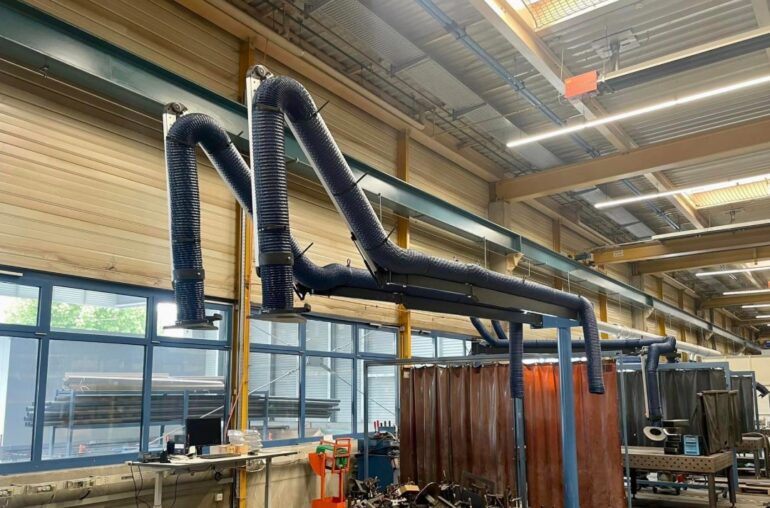
Welding is a vital process across industries like manufacturing, automotive, and construction. But along with its importance comes a serious challenge: controlling harmful fumes and particulates produced during welding. These airborne contaminants not only create health risks for welders but can also damage equipment and reduce overall air quality in the facility.
That’s where welding smoke extractors come in, specialized systems designed to capture and filter out hazardous particles before they can spread.
When choosing the right solution, businesses often find themselves deciding between portable and central welding smoke extractors. Both have advantages, but the best choice depends on factors like workspace size, project types, and budget.
Portable Welding Smoke Extractors
Portable systems are designed for flexibility. These units can be rolled to different workstations, making them ideal for shops where welding tasks are performed in multiple locations or on irregular schedules.
Key Advantages:
- Mobility – Welders can move the extractor to wherever it’s needed.
- Cost-effective – Typically less expensive to purchase and install compared to central systems.
- Quick setup – No major construction or ductwork required.
Best For:
- Small to medium-sized shops
- Facilities with varied projects or temporary welding stations
- Businesses just starting to implement fume control

However, portable extractors usually have smaller filter capacities, which means more frequent maintenance. They also may not be as effective in large facilities where multiple welders are working simultaneously.
Central Welding Smoke Extractors
Centralized systems are designed for large-scale operations. These units are permanently installed and connected to ductwork that runs throughout the facility. Each welding station can be equipped with hoods, source capture arms, or downdraft tables that feed into the central system.
Key Advantages:
- High efficiency – Capable of handling multiple stations at once.
- Long-term durability – Built for heavy-duty industrial use.
- Compliance support – Helps facilities meet strict OSHA and EPA standards.
Best For:
- Large manufacturing plants
- Facilities with high-volume, continuous welding work
- Companies looking for long-term, comprehensive air quality solutions
The main drawback is cost. Central systems require higher upfront investment and professional installation. They’re not as flexible if welding stations move frequently. But for operations with consistent welding needs, they offer a reliable, scalable solution.

Making the Right Choice
Ultimately, the decision between portable and central welding smoke extractors comes down to scale and workflow. A small fabrication shop may find a portable unit sufficient, while a large plant with dozens of welders may require a central system to keep the air clean and the workforce protected.
Regardless of the choice, the priority should always be worker safety and compliance. Welding fumes contain substances like manganese, hexavalent chromium, and nickel compounds, exposures linked to serious health risks. An effective smoke extraction system not only ensures compliance with safety standards but also creates a healthier, more productive environment for employees.
By understanding the differences between portable and central welding smoke extractors, facility managers can make informed decisions that balance cost, efficiency, and long-term health benefits for their teams. Clean air isn’t just a regulatory requirement; it’s an investment in the well-being of workers and the future of the business.
